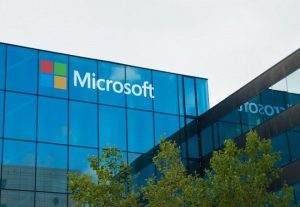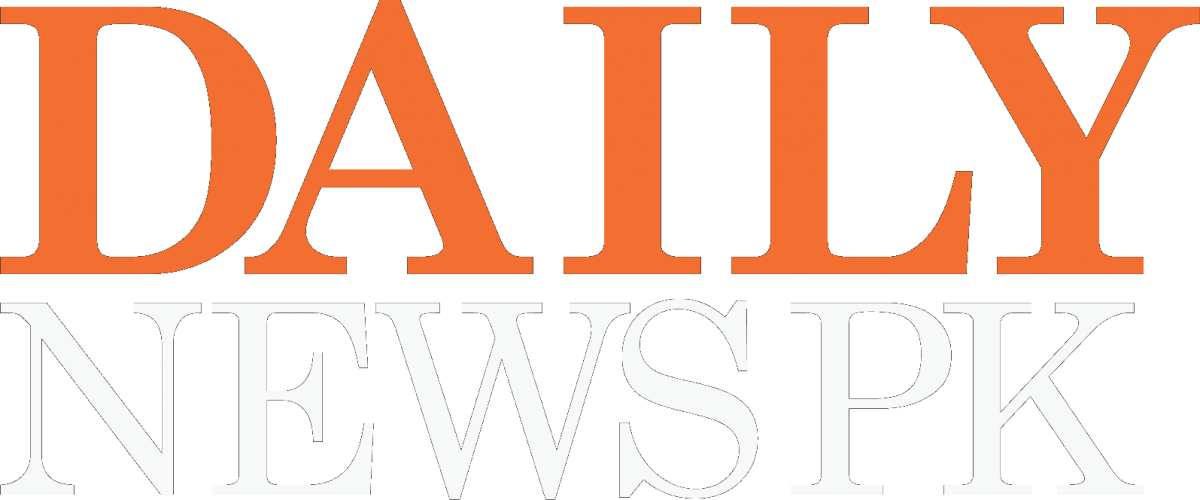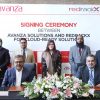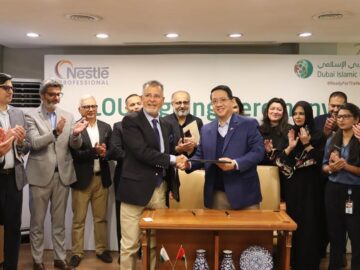
“The way we work has been irrevocably changed by the challenges we have been faced with in this difficult and uncertain year. Today, you will find more people working from their homes than in office spaces as organizations have shifted towards a fully remote or hybrid work model in order to overcome the limitations placed upon them by the need for social distancing and other measures to curb the spread of COVID-19.” These thoughts were expressed by Siwar Zein, Human Resource Director, Microsoft Emerging Markets while highlighting that workforce is changing with COVID-19 and HR practitioners must change with it.
The success of remote work environments has meant that a number of organizations are now looking at making this a more permanent shift in the future. A LinkedIn survey found that while 43% of respondents are now currently working remotely, a whopping 45% of them are looking to continue with remote work post-COVID-19 and create a more fluid and flexible way of working.
However, the move towards remote work has meant that employees need a new support system in place to cater to the change and unique needs that spring from working from home. This necessitates a reimagining of the functionalities of every organizations’ human resources (HR) department and an overhaul in its systems, processes, and guidelines. HR professionals are responsible for managing the entire employee lifecycle. This ranges from recruiting to onboarding, training, employee development, morale and engagement programs, workplace conflict resolution, company reorganizations, and much more. HR professionals need to review the way they approach the management and support of their workforce within the context of a new way of conducting work. Motivation building, maintaining team engagement, and now more importantly demonstrating inclusive practices in day-to-day engagements as they navigate the hybrid workplace, will be key areas that HR professionals will need to collaborate and support people managers in organizations.
Employees also need greater support as remote models can lead to an increased or decreased workload, a push for productivity that can lead to burnout and increased anxiety. Remote work can have a significant impact on an employee’s wellbeing if the correct systems aren’t in place to help them adjust to this new environment and find balance as they experience a blur between the work and home environment while also handling household responsibilities in a constantly connected space. Essentially, there is no clear break between work and personal time in the way we experience it when packing up and leaving the office to go home. The ability to cater to the new needs of a transformed workforce requires an understanding of exactly what those needs are. To do so, HR practitioners must be able to look at concrete, relevant data and derive insights from said data to drive change that will generate value for both employees and the organization.
Leveraging technology and science will provide a new layer of intelligence to explore behavioral patterns and to provide insights that will help organizations understand and support employees and the business in new ways.I believe that workplace analytics will be key to enabling this. Each person has their own unique needs, circumstances and ways of working – and HR departments are increasingly being called upon to take charge and design best practices that work for and are tailored to each individual.
Insights from platforms such as Microsoft’s MyAnalytics give employees the opportunity to analyze their own work style, from who they collaborate with most regularly to how much uninterrupted time they have to focus. They can then use that data and insight to make changes to their own work style. Additionally, Microsoft’s Workplace Analytics platform allows organizations to operate with the help of real-time behavioral analytics which gives an overview of exactly how the business works and unearths where there is a need to drive culture change enabled by data and AI.
Employees will need support from their organizations to help adapt to the ever-changing nature of work and enable the learning, skilling, and reskilling necessary to survive and thrive in a digital skills economy. This will require the consistent mapping and re-mapping of skills needed for future and new jobs, and providing the guidelines and training materials to equip employees with relevant skills. Additionally, there is an advantage to be had in creating custom and curated learning paths to make learning more relevant and engaging for employees.
Platforms such as Microsoft Learn can provide employees with courses and content designed to help individuals upskill on emerging technologies such as the cloud which are growing in importance and are being scaled as a result of accelerated transformation. In much the same way as a culture change in the workforce is necessary to derive more value out of the technologies being adopted and integrated into business systems, processes, and operations so too is there a need for a culture change within HR itself.











I am always thought about this, thanks for putting up. Mala Conrado Nial
Hi, its nice piece of writing concerning media print, we most understand media is a good impressive source of info. May Frederik Gabler
Like!! Thank you for publishing this awesome article. Sheelah Brenden Goldwin